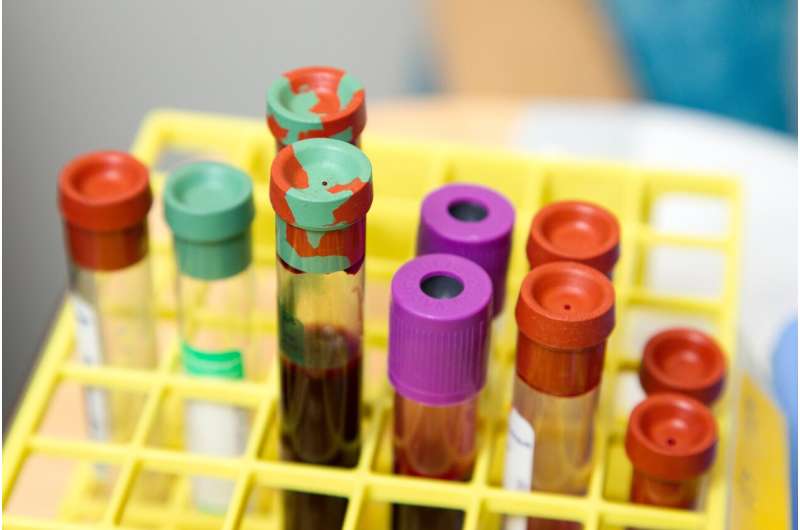Higher Child Mortality in England Linked to Life-Limiting Conditions and Palliative Care Disparities

A recent study reveals that over half of child deaths in England involve children with life-limiting conditions, exposing significant disparities and systemic gaps in pediatric palliative care services. Urgent reforms are essential to ensure equitable support for all vulnerable children and their families.
Recent research highlights that a significant majority of child deaths in England involve children suffering from life-limiting conditions (LLCs), exposing critical gaps and inequalities in pediatric palliative care services. According to the report by the National Child Mortality Database (NCMD) from the University of Bristol, over a three-year period, 54% of 9,517 child fatalities were among children with conditions like cancer, muscular dystrophy, and severe cerebral palsy.
Professor Karen Luyt, co-lead of the study, emphasized that every child's death is a tragedy and that current systemic issues undermine efforts to provide quality end-of-life support. The findings reveal increasing numbers of children with LLCs living longer but facing significant challenges due to uneven funding and resource distribution across regions. Most of these children (77%) died in hospitals, with 58%, or nearly 3,000 infants under one year old, representing the highest proportion.
All child deaths are reviewed by Child Death Overview Panels to identify service gaps. The reports consistently show problems such as delayed access to symptom-control medications, lack of coordinated end-of-life planning, and insufficient specialist involvement. Notably, in 235 cases, there was no Advance Care Plan (ACP) at the time of death, and in 138 cases, no symptom management plan existed. The review also uncovered limited support specifics for families before and after bereavement.
The study advocates for nationwide reforms, including uniform support levels, 24/7 community palliative care, dedicated key workers for bereaved families, and mandatory specialist training. It stresses the importance of accessible advance care planning, including resuscitation preferences, and improved availability of essential medications.
The report sheds light on disparities linked to ethnicity and deprivation—children from Asian backgrounds and those in deprived areas face higher risks. Personal stories from grieving families, such as Emily Tammam, underscore the urgent need for systemic improvements. Emily highlighted the lack of fast-track education support and complex care systems that did not always prioritize her daughter Neve’s well-being.
Experts like Nick Carroll from 'Together for Short Lives' call for immediate government and NHS action, emphasizing that every child deserves equitable, high-quality palliative care regardless of where they live. Further research is recommended to address barriers like timely medication delivery, cultural influences, and early palliative care planning outcomes. The findings underscore a desperate need for a compassionate, coordinated approach to end-of-life care for vulnerable children and their families.
Stay Updated with Mia's Feed
Get the latest health & wellness insights delivered straight to your inbox.
Related Articles
Unhealthy Lifestyles and Chronic Conditions Accelerate Heart Aging: New Research Insights
New research shows that unhealthy lifestyles and chronic conditions like obesity and AFib can cause the heart to age faster, but early MRI-based assessments may help prevent major heart problems.
Targeting Mitochondrial Protein VDAC2 Could Enhance Liver Cancer Treatments
Researchers have identified VDAC2, a mitochondrial protein, as a promising target to enhance selective liver cancer treatments, potentially improving patient outcomes with targeted therapy.
How a Genetic Mutation Linked to Autism Affects Vasopressin Production and Social Behaviors
New research reveals how a mutation linked to autism disrupts vasopressin release in the brain, leading to social behavior deficits. The study explores targeted receptor pathways, paving the way for potential therapies.
Affordable Blood Test Detects Proteins for Early Alzheimer's Diagnosis
A new low-cost blood test developed by USC researchers can detect key proteins associated with early Alzheimer's disease, enabling accessible screening and early intervention strategies.



